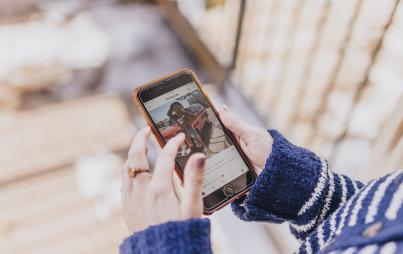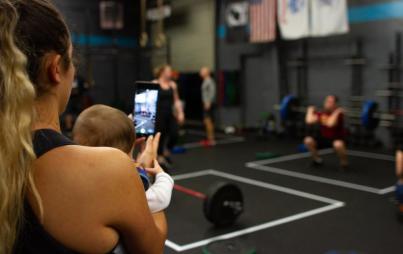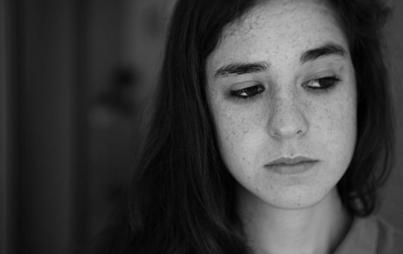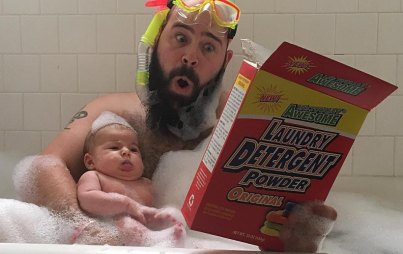
Bonded in blood and hashtags.
It has become a safe space for suffering individuals to bond and relate over their self-destructive behaviors.
Hashtags are arguably the most valuable, universal currency. Instantly, they provide you with access to a network of individuals talking about the same things.
Looking for #funny #dogs? Puppies dressed as princesses are only a click away.
This intricately woven web of people and media is growing by the minute, with millions of users attaching hashtags to their personally curated content.
But can some hashtags be harmful?
Instagram voices a resounding yes.
In their new community guidelines, Instagram states, “Don’t promote or glorify self-harm: While Instagram is a place where people can share their lives with others through photographs, any account found encouraging or urging users to embrace anorexia, bulimia, or other eating disorders; or to cut, harm themselves, or commit suicide will result in a disabled account without warning. We believe that communication regarding these behaviors in order to create awareness, come together for support and to facilitate recovery is important, but that Instagram is not the place for active promotion or glorification of self-harm.”
Type in the hashtags #selfharm, #suicide, or #cutter and become immersed in the dark underbelly of Instagram.
There are thousands of photos, on Instagram alone, of bleeding wrists, razor blades, scars, and quotes about death. The captions read: “beautiful,” “the blade’s my best friend,” and “please don’t report me, I am such a failure.” They continue for thousands of swipes, each photo more graphic and disturbing than the last.
These hashtags illuminate the delicate line between promotion and conversation — a line that many mental health activists and sufferers have trouble navigating. What may be a conversation promoting awareness for one individual could trigger a relapse in another.
What is most startling about these photos are the likes and comments each receives. A collection of self-harm supporters, recovering cutters, and people in utter shock and disbelief come together, under one caption, to voice their opinions and support.
Instagram makes it evident through their community guidelines that there is some value in this quasi-focus group and the material that it produces. But what value does this conversation add, and does its value outweigh the risk?
Posting these photos appears to be the ultimate cry for help and support. It is also an expression of pain,and an attempt to connect with others who feel the same.
Mental illness can be an extremely isolating experience. Often, individuals feel that they have nowhere to turn and that no one understands them. Likes and comments through social media create the illusion of relationships and support: they echo I see you, I support you, I am here for you.
This may be the only support these people ever receive. But a like and a comment just aren’t enough.
As I scroll through these photos, I am overwhelmed with confusion and concern. Suicide and mental illness are still largely taboo, yet we have the opportunity to instantly view images of people struggling with these issues. We are faced with the decision to engage via a heart button or look away.
We are afraid to touch the issue. If we get too close, it might affect us.
This community that is highly visible via hashtags and social media is a direct testament to our need for increased mental health care and resources. It has become a safe space for suffering individuals to bond and relate over their self-destructive behaviors. These individuals clearly want their pain to be seen by others, but displaying these emotions on a public forum makes them susceptible to both judgment and encouragement. The likes they receive possibly create an illusion of support for these destructive behaviors and forms a community within the fringes of our social media platforms.
Like any community wrought with destruction, these bonds can be both supportive and dangerous. There is a price for membership that some may be willing to pay for inclusion, which they otherwise may not have.
But there is also a high level of support and community being formed. This is a direct testament to the need for support and community during times of struggle. The support that arises through the likes and comments is something we need to learn from. These disturbing images are shocking, but they elicit a deserved reaction — a reaction that we must bring to the forefront of discussion about mental health and mental illness. Because these individuals, bonded in blood and hashtags, are begging to be seen.







